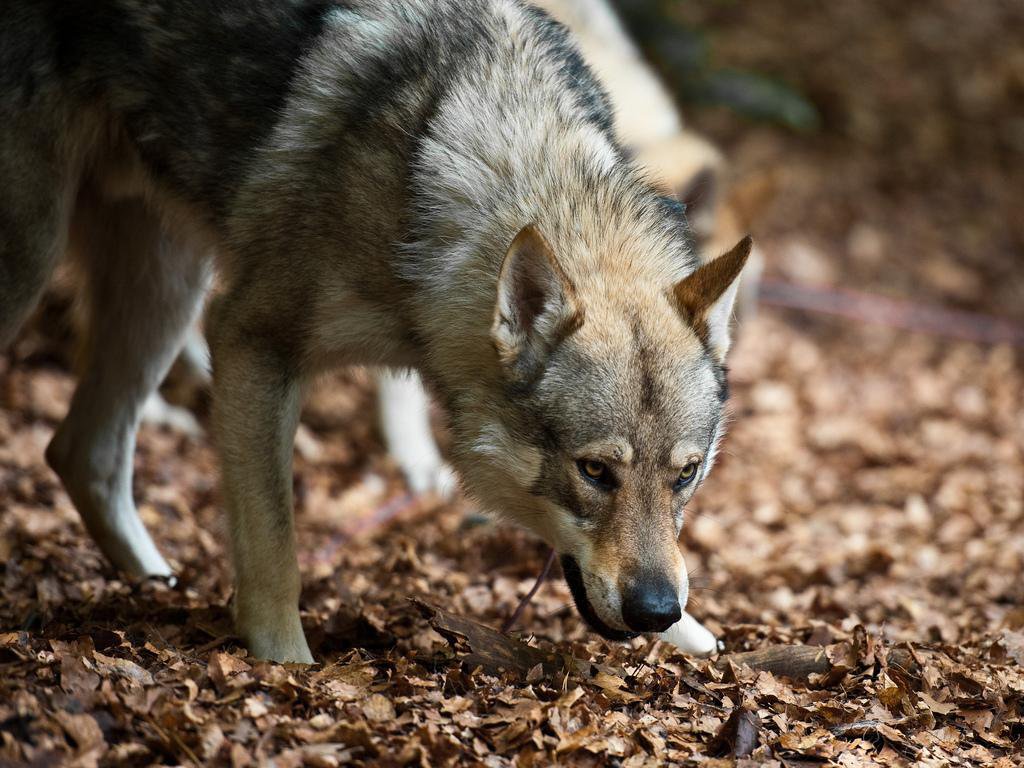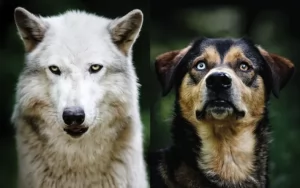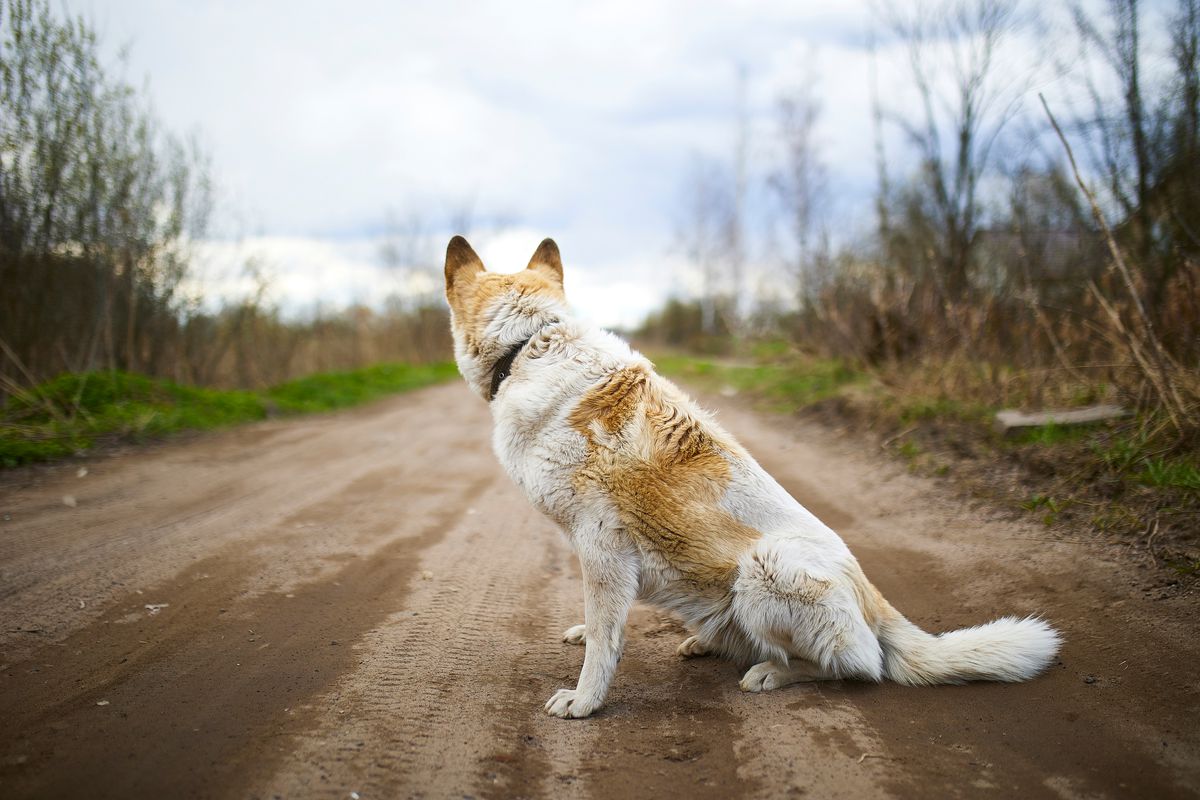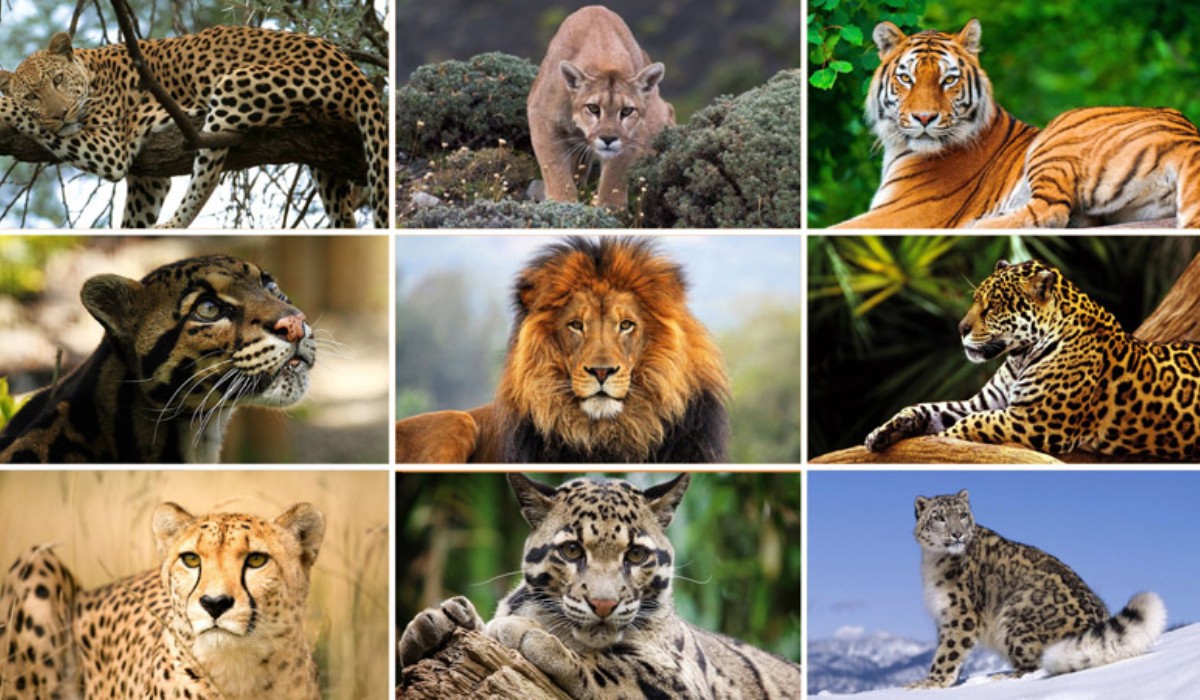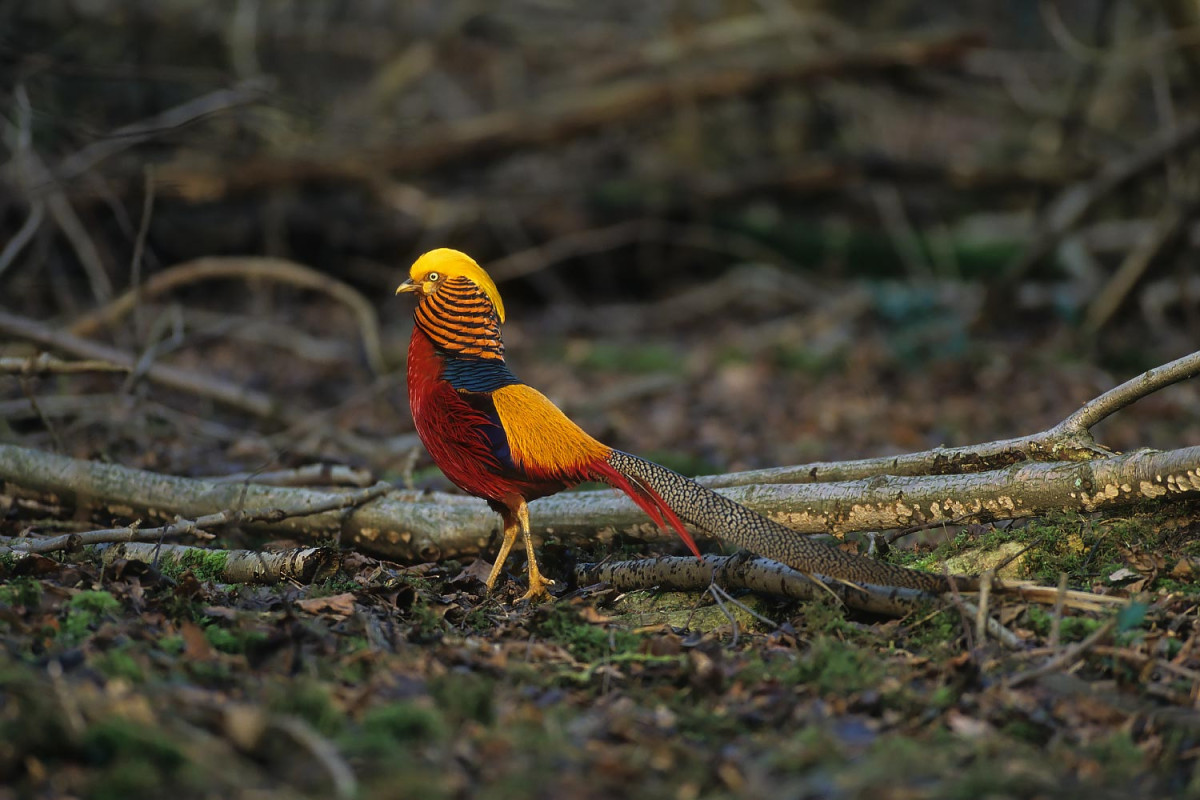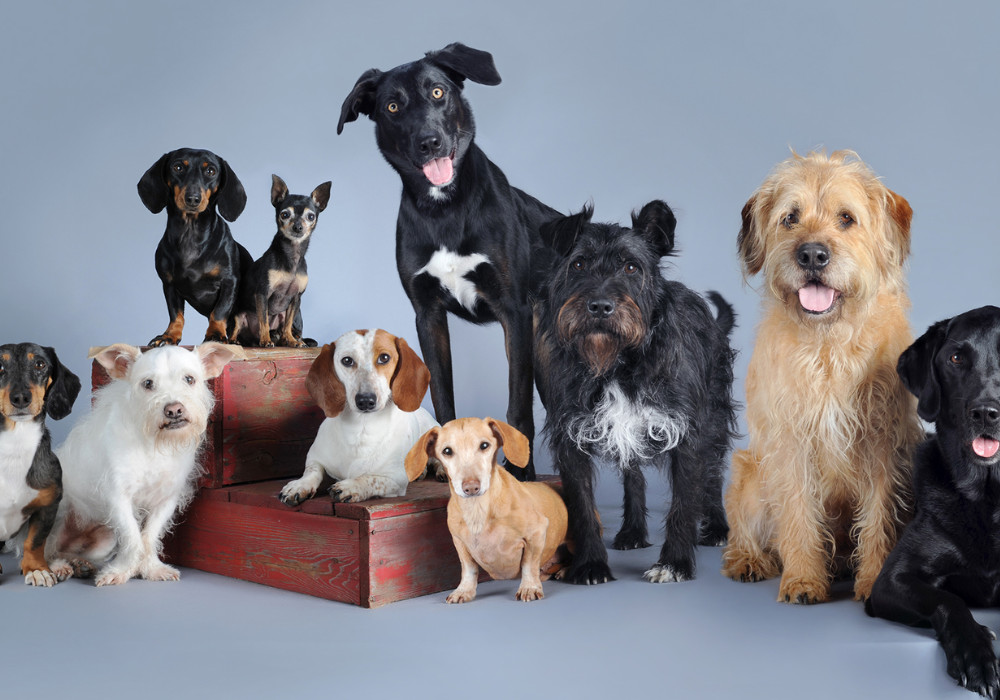With variables like evolution and upbringing, the line blurs rather quickly.

When distinguishing between a wolf and a dog, we face the classic challenge of being able to sort out differences on a meaningful level. Indeed, one cannot do this without engaging the issue of meaning. Do we have here essentially ‘the same animal’ or two quite clearly different species and beings, as different as humans and Neanderthals, for example (or even more so)? One of the challenges in these questions is that they do not have straightforward scientific or biological answers – we need other toolkits in our conceptual frameworks. One such conceptual framework comes from biosemiotics. An interdisciplinary approach that recognises the fundamental importance of molecules and other biological markers in shaping our existence. But also readily acknowledges that there is no hard and fast line between biology and philosophy, or biology and culture.
Appearance Differences:
As a whole, biosemioticians aim to make sense of the signs present in ecology, and track the ways in which such signs both mediate and are mediated by relationships that exist across different organisms. The paw prints in the snow constitute a basic (index) sign that I as a human respond to visually. Of course, signs of previous presence are never visual alone but, depending on the species, also exist on a range of sensorial levels. As a result, one of the key concepts in biosemiotics is the notion of an umwelt, or the range of meaningful features present in an environment for a given animal.
Within the dog umwelt, olfactory signs are more meaningful in many contexts than visual signs – sniffing snow works quite well – while the reverse tends to be the case for humans; we are distinct species both as a result of our evolutionary (phylogenetic) background and our individual development (ontogeny). It is this fact of phylogeny and ontogeny both being significant in shaping the lifeway. The very existence of any animal that can make thinking about differences quite challenging. In the case of dogs, we have the third dimension of artificial selection or breeding, which has brought forth further changes in the constitution of the species.
Wolves and Dogs
When some wolves began transitioning toward what we readily recognise as a dog today. They maintained their overall physiological and mental constitution. We still have beings that navigate their environment with a focus upon smells, carnivorous diet, and who are extensively social. The sociality of wolves is a feature often ignored by human cultural representations. Just think of how often the notion of a ‘lone wolf’ gets evoked. Yet wolves are indeed intensely social, so much so that some ethologists suggest that human sociality was heightened through our interactions with and observations of wolves.
Dogs Entry in Human Life
While humans were observing these wolves and helping them along the path to becoming proto-dogs. There are also reverse the case. In this co-evolutionary story, proto-dogs had begun to extend their attention. Through this shift in shared attention many canids we know so intimately today sniff very different things from wolf. As a result, the corresponding umwelten – the very minds in question – are distinct from each other.
The productive way of making sense of this difference is not to centre on any particular absolutes. Though some have been suggested by empirically oriented researchers. The main challenge here is in the fact that organisms differ both as a result of their evolution. Individuals are not the same as species. What a biosemiotic perspective can offer is a more holistic account of the differences; on a species level, human-dog umwelten overlap far more than human-wolf umwelten.
Whether this turn of things was for the better or the worse. Especially from the point of view of dogs, is up for discussion. In the meanwhile, I am delighted to share my umwelt with Yuni, strolling paw to foot in the wilds of the Rockies, mostly off-leash and hoping not to come face to face with too many wild canids.







